Entry Category: Transportation
Comet [Steamboat]
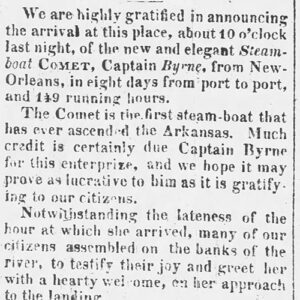 Comet Article
Comet Article
Command-Aire
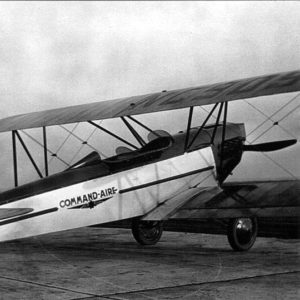 Command-Aire
Command-Aire
 Command-Aire 5C3-C
Command-Aire 5C3-C
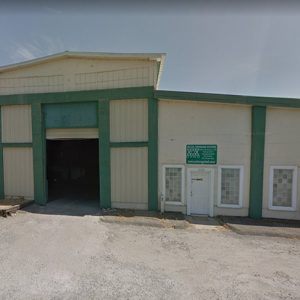 Command-Aire Building
Command-Aire Building
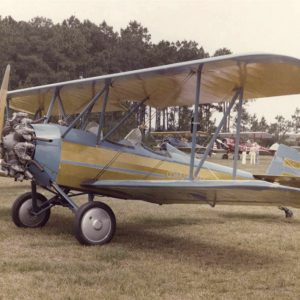 Command-Aire NC925E
Command-Aire NC925E
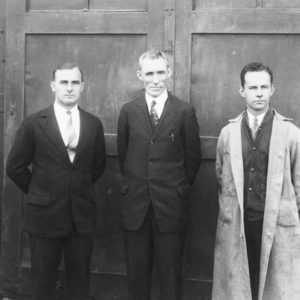 Command-Aire Personnel
Command-Aire Personnel
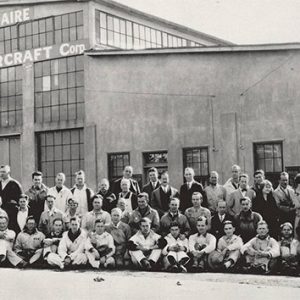 Command-Aire Staff
Command-Aire Staff
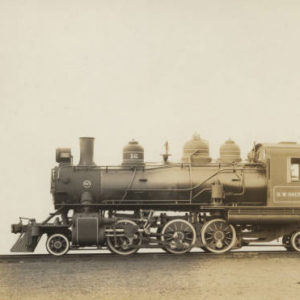 Company Locomotive
Company Locomotive
 Cone Trophy
Cone Trophy
 John Carroll Cone
John Carroll Cone
Cone, John Carroll
Congress and Saladin, Collision of
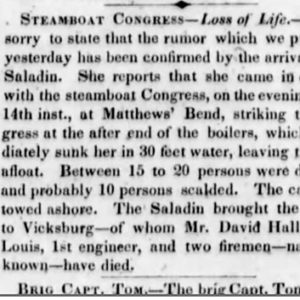 Congress and Saladin, Collision of
Congress and Saladin, Collision of
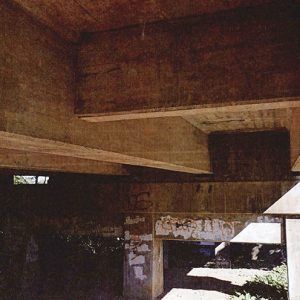 Construction Detail
Construction Detail
 Conway Train Depot
Conway Train Depot
Coop Creek Bridge
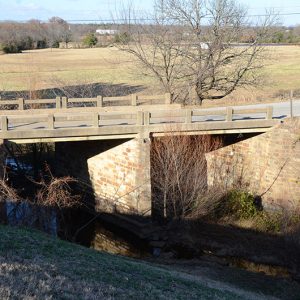 Coop Creek Bridge
Coop Creek Bridge
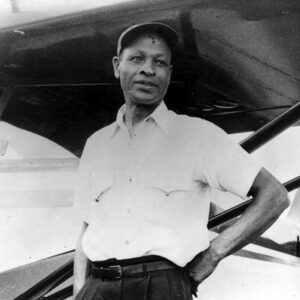 Cornelius Robinson Coffey
Cornelius Robinson Coffey
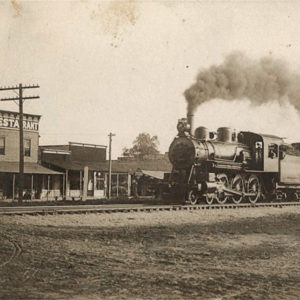 Corning Train
Corning Train
 Corps of Engineers Sign
Corps of Engineers Sign
Cote Joyeuse and Talma, Collision of
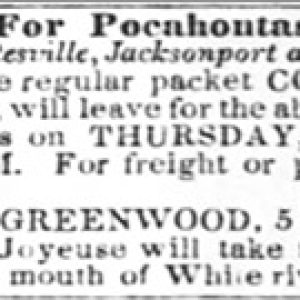 Cote Joyeuse Steamboat Ad
Cote Joyeuse Steamboat Ad
 Cote Joyeuse Steamboat Article
Cote Joyeuse Steamboat Article
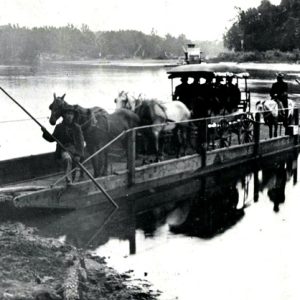 Cotter Ferry; 1904
Cotter Ferry; 1904
Cotter Bridge
aka: R. M. Ruthven Bridge
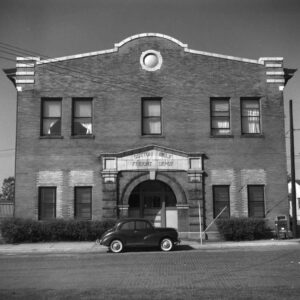 Cotton Belt Depot, North Little Rock
Cotton Belt Depot, North Little Rock
 Cotton Belt Railroad Yard
Cotton Belt Railroad Yard
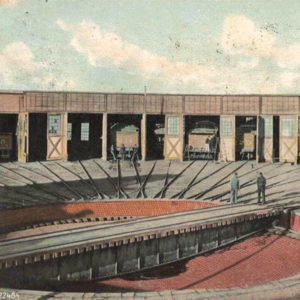 Cotton Belt Roundhouse
Cotton Belt Roundhouse
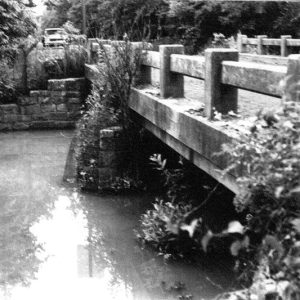 County Road 4G Bridge
County Road 4G Bridge
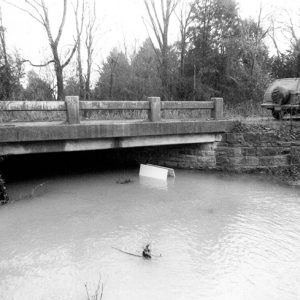 County Road 4G Bridge
County Road 4G Bridge
Cove Creek Bridge
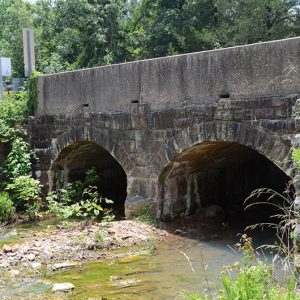 Cove Creek Bridge
Cove Creek Bridge
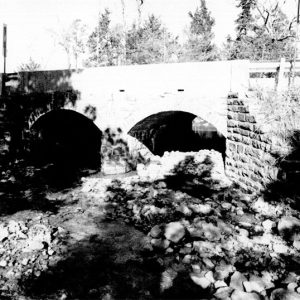 Cove Creek Bridge
Cove Creek Bridge
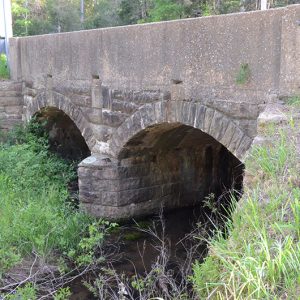 Cove Creek Tributary Bridge
Cove Creek Tributary Bridge
Cove Creek Tributary Bridge
Cove Lake Spillway Dam/Bridge
aka: Cove Creek Spillway Bridge
 Cove Lake Spillway Dam/Bridge
Cove Lake Spillway Dam/Bridge
 Cove Lake Spillway Dam/Bridge
Cove Lake Spillway Dam/Bridge
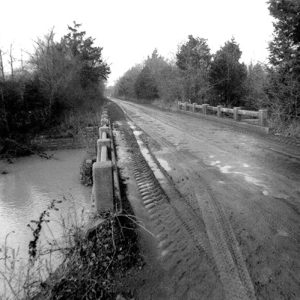 CR 4G Bridge Road Bed
CR 4G Bridge Road Bed
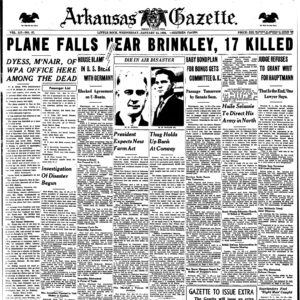 Crash Headline
Crash Headline
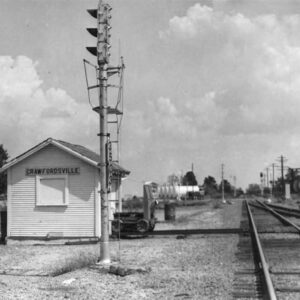 Crawfordsville Depot
Crawfordsville Depot
 Milton Crenchaw
Milton Crenchaw
Crenchaw, Milton Pitts
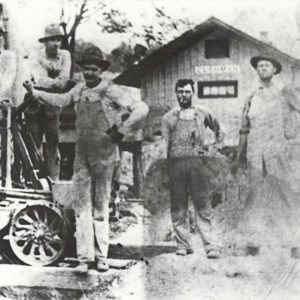 Cushman Depot
Cushman Depot
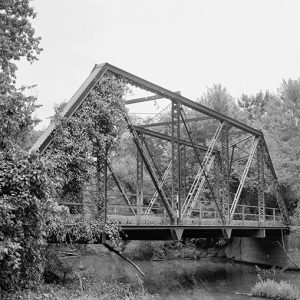 Cypress Creek Bridge
Cypress Creek Bridge
 Danville Bridge
Danville Bridge
 Dardanelle Lock and Dam No. 10
Dardanelle Lock and Dam No. 10




